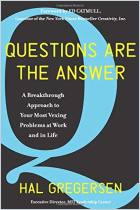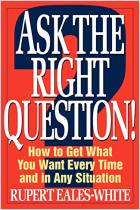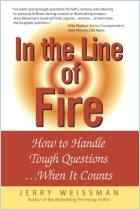Former CNN anchor and White House correspondent Frank Sesno spent his career asking questions. Based on his “taxonomy of questions,” he explores the value of inquiry. Each chapter covers a different type of question, including “diagnostic, bridging, confrontational, mission, interview, legacy,” and more. Sesno also discusses interviewing experiences, and he includes a helpful guide to possible questions you might ask within each category. getAbstract recommends his helpful manual to executives, managers, media professionals, teachers, health care practitioners and anyone who uses questions every day.
“Diagnostic Questions”
You may need to assess a situation quickly. Some professionals – such as air traffic controllers, reporters, health care providers, plumbers, electricians and the like – do this for a living. Diagnostic questions start out open-ended, but they gradually become more close-ended as you home in on the answers you seek. To ask diagnostic questions properly, pace the progression you want to use as you narrow down your inquiries. Outline your diagnostic questions in a logical sequence with the goal of describing and defining an issue. Useful strategies for arranging questions to diagnose a problem include:
- Ask for the most damaging or negative information first.
- Review the pertinent history to provide a baseline of experience.
- Ask the same or similar questions for confirmation.
- Request different sources for clarification.
- “Connect symptoms and specifics.”
- Challenge the experts. A second or third opinion may be necessary.
Teresa Gardner, a nurse practitioner who serves rural communities, is an expert at asking diagnostic questions. She drives the “Health Wagon,” her ...


















Comment on this summary or Start Discussion